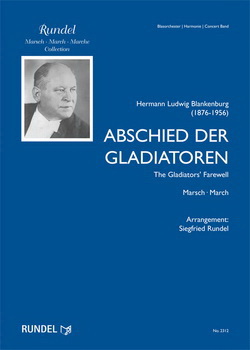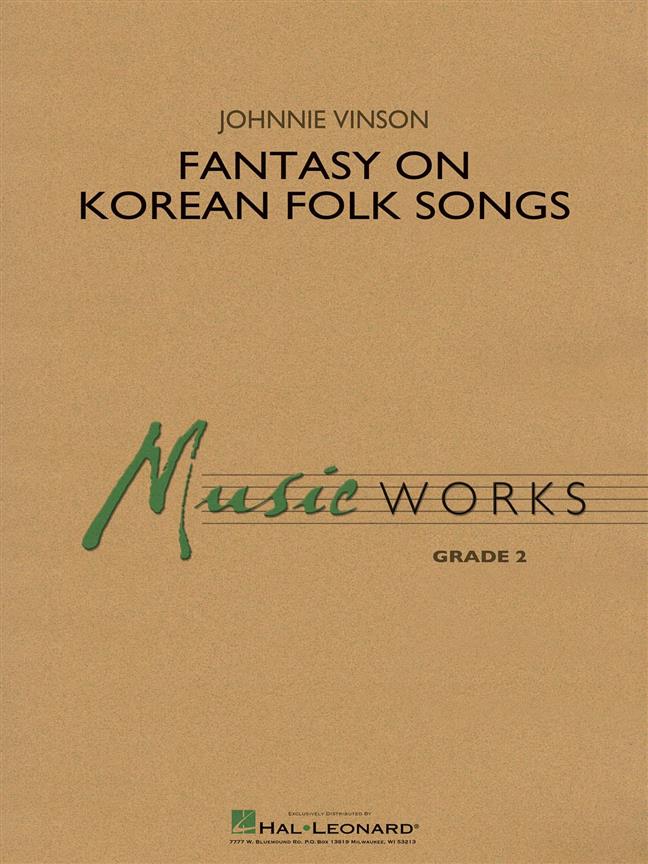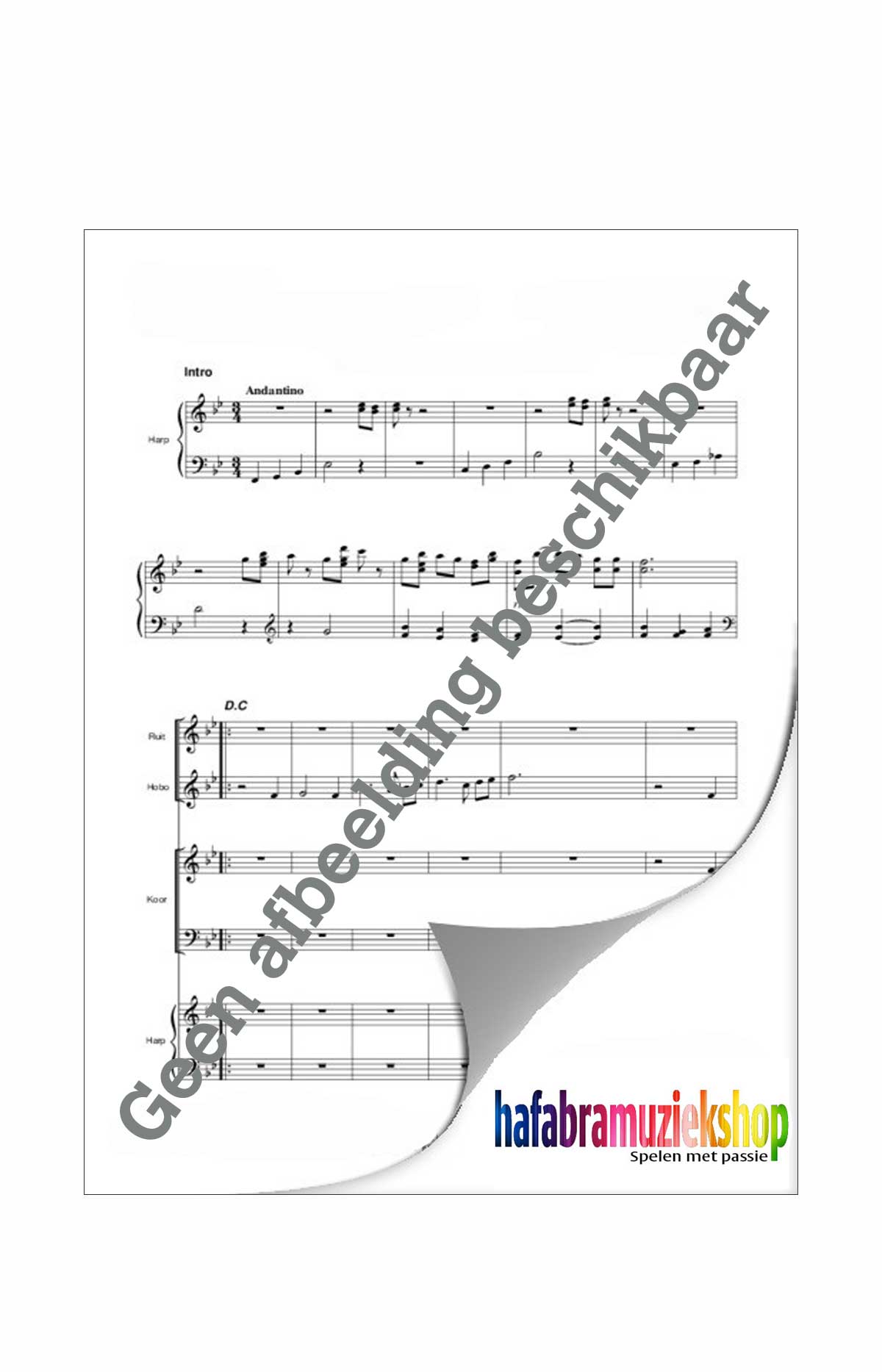Beschrijving
It is virtually impossible today to determine when Hermann Ludwig Blankenburg (1876-1956) composed his march ”Germany’s Princes”. Relying on remarks by the composer, however, it may be assumed that it was written between 1901 and 1903 during the composer’s Duisburg period. Only when he was pushed by some of his colleagues did Blankenburg agree to submit the manuscript of this march to Hawkes & Son of London, as this publisher had again organized a grand march competition. In this case too, the exact dates may no longer be traced down on the basis of data obtained from the files of the present publisher concerned, i.e. Boosey & Hawkes. Looking closely at the environment of those days, it appears to be probable that Blankenburg presented his march in 1904, and that the selection of winning compositions – out of some 500 entries – was made in 1905. The competitions organized by this London publisher aimed at gaining new marches of high quality, and consequently enjoyed an excellent Europe-wide reputation. In a number of cases, German composers were awarded first prizes (e.g. Starke, Zehle, and Rust). The winner of the 1905 competition too was a German composer, as the first prize was accorded to ”Germany’s Princes”. It is surely understandable that this title was changed to “The Gladiators’ Farewell” which presumably was an allusion to Julius Fucík’s superb Op. 68 ”Entry of the Gladiators” which he composed in the Bosnian city of Sarajevo in 1899. Although ”The Gladiators’ Farewell” is no street march at all, it rapidly became popular in Great Britain and even today it is regularly performed during the sterling historic pageants of British military music in London. The triumphal march of this composition around the world simply was not to be stopped. It definitely is one of the few marches of ”universal appeal” and therefore still is popular in Japan, in the United States, in Scandinavia, in the Netherlands, in Germany of course and in many other countries. It was even performed in the former Soviet Union. The high degree of uninterrupted popularity of this ”classic march” not only justified a contemporary arrangement for symphonic wind orchestra, it rather demanded it. Needless to underline that this approach also required a full set of parts together with a score. The new edition by Siegfried Rundel meets these special requirements in a truly ideal way.




